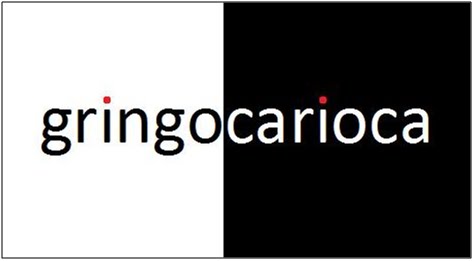“What is theoretically innovative, and politically crucial, is the need to think beyond narratives of originary and initial subjectivities and to focus on those moments or processes that are produced in the articulation of cultural differences. These 'in-between' spaces provide the terrain for elaborating strategies of selfhood - singular or communal - that initiate new signs of identity, and innovative sites of collaboration, and contestation, in the act of defining the idea of society itself.”
“Terms of cultural engagement, whether antagonistic or affiliative, are produced performatively. The representation of difference must not be hastily read as the reflection of pre-given ethnic or cultural traits set in the fixed tablet of tradition. The social articulation of difference, from the minority perspective, is a complex, on-going negotiation that seeks to authorize cultural hybridities that emerge in moments of historical transformation. The 'right' to signify from the periphery of authorized power and privilege does not depend on the persistence of tradition; it is resourced by the power of tradition to be reinscribed through the conditions of contingency and contradictoriness that attend upon the lives of those who are 'in the minority'. The recognition that tradition bestows is a partial form of identification. In restaging the past it introduces other, incommensurable cultural temporalities into the invention of tradition. This process estranges any immediate access to an originary identity or a 'received' tradition. The borderline engagements of cultural difference may as often be consensual as conflictual; they may confound our definitions of tradition and modernity; realign the customary boundaries between the private and the public, high and low; and challenge normative expectations of development and progress.”
“The borderline work of culture demands an encounter with ‘newness’ that is not part of the continuum of past and present. It creates a sense of the new as an insurgent act of cultural translation. Such art does not merely recall the past as social cause or aesthetic precedent; it renews the past, refiguring it as a contingent ‘in-between’ space, that innovates and interrupts the performance of the present. The ‘past-present’ becomes part of the necessity, not the nostalgia, of living.”
(Homi Bhabha, “Border Lives: The Art of the Present.” The Location of Culture.)
.bmp)
No comments:
Post a Comment